 Welcome to Part 3 of the Writing 101 series for beginning writers! Are you a bit behind? You can catch Part 1 (The Fundamentals of Story) here, and Part 2 (Writing Term Glossary) here.
Welcome to Part 3 of the Writing 101 series for beginning writers! Are you a bit behind? You can catch Part 1 (The Fundamentals of Story) here, and Part 2 (Writing Term Glossary) here.
Today, we’re talking characters. In order to craft a successful, compelling story, you need to understand a) the roles your hero and villain play, and b) what you need to make them work. Let’s get started, shall we?
The Protagonist’s Role
In Part 1 of this series, we said that a story is:
About someone (hero) who wants something (goal), sets out on a journey to attain it (plot), and grows or learns something along the way (change).
Reading a story is about sharing an experience, so you have to decide whose story it is and whose experience we’ll be sharing. Your hero is the character whom your story centers around. He or she offers your readers a point of access to your story by allowing them to experience events from his/her point of view rather than as a neutral outsider. The hero invites us in and lets us become a part of the story.
Think of your story as the track of a roller coaster–it has ups and downs, twists and turns, and maybe a couple stomach-dropping loops. Your hero is the car of the roller coaster the reader enters to experience the thrills you’ve created. If you don’t let your readers get up close and personal with the hero, then they’ll just be someone standing in line watching the roller coaster go by from a distance but not getting to experience it for themselves.
There are 4 main “ingredients” you need to successfully create a hero: goal, likability, realism, and change.
1. Goal
Your hero’s goal is what drives your story. What does he want? What is he trying to achieve? How your hero sets out to get what he wants becomes your plot. If your hero doesn’t have a goal, your story has no direction. Actually, without a goal you don’t have a story at all. A goal unifies your story’s events and gives them purpose. And if you don’t know what your hero is trying to achieve, you won’t be able to create compelling conflict that stands in his way.
2. Likability
One of the most important parts of creating your hero is to make readers care about him. We don’t stick through a 200+ page story to read about a character we hate! It doesn’t matter how awesome your plot is, if we don’t like your hero we won’t care about whether or not he achieves his goal. And that means game over for your novel.
3. Realism
In order for your hero to feel like a real person, you need to give him flaws, strengths, a personality, a past, etc. The biggest mistake beginning writers make is creating a hero who is too perfect or too strong. Your hero needs flaws and weaknesses to seem human. If he’s handsome, perfect, super smart, and can kick ass like a freaking ninja, your readers won’t be able to identify with him. We relate to flawed characters far more than we relate to perfect characters. And flawed characters are always far more interesting.
4. Change
Most new writers get so wrapped up focusing on getting their hero through the external plot that they tend to forget about the internal. But change is an important part of a satisfying story. Your hero should be different in some way at the end of the novel versus how he was at the beginning. If he was rich, prejudiced, or cowardly on page one and he’s still rich, prejudiced, or cowardly when we read The End, there’s a problem. When people go through big experiences in real life, it changes them. You need to reflect this in your novel.
The Antagonist’s Role
The main role of your story’s villain is to provide your story with conflict. Whatever it is your hero wants, the villain is standing in the way. Actually, your villain wants the opposite of what the hero wants. Both forces are trying their hardest to achieve their goals, which causes them to clash.
The hero wants to save the city. The villain wants to destroy it. The hero wants to destroy the object of the villain’s power. The villain wants to save it. The hero wants to overthrow the villain’s rule. The villain wants to squash the hero’s rebellion.
Your story is about the conflict between the hero and the villain. Your plot shows us how the hero tries to achieve his goal, how the villain tries to stop him, and who wins out in the end.
Similar to creating a hero, there are 4 main “ingredients” you need to create a successful villain: Goal, Loathing, Realism, and Credibility.
1.Goal
Just as with your hero, your villain needs a goal. You need to figure out what he wants and why. He can’t be trying to take over the world or destroy New York City “just because he’s evil.” He needs an actual reason that justifies him going through all the trouble. His goal should oppose your hero’s to create conflict.
2. Loathing
While with your hero you need to create likability, with your villain your aim is to do the opposite. You need readers to hate and fear your villain to get them on that emotional roller coaster, and so it will be satisfying when the hero finally defeats him. But don’t just tell us that he’s evil–show us through his words and actions.
3. Realism
In order for readers to fear your villain, he needs to feel like a real person. That mean giving him strengths, flaws, a past, etc. just like you would with your hero. The biggest mistake new writers make with their villains is making them too evil. In real life, people aren’t so black and white. You want to make your villain (and hero) more grey by giving them a mix of both good and bad qualities.
4. Credibility
Your villain in the main source of conflict in your novel, and therefore also a huge source of tension. You want to keep readers wondering if the hero will win–if things seem too easy the reader will feel they know the answer, so they’ll stop turning pages. This means you need to create a strong villain who backs up his threats so readers will know he means business. And most importantly, you need to let your hero lose some battles to keep readers anxious!
Need more help with villains? I know they’re the most difficult character to write, so I’ve created a free e-book to help you out–just click here to download the PDF!
Ready for Part 4 (Unraveling Tension, Conflict, and Your Plot)? Click here!
What elements do you think go into creating a successful hero and villain?










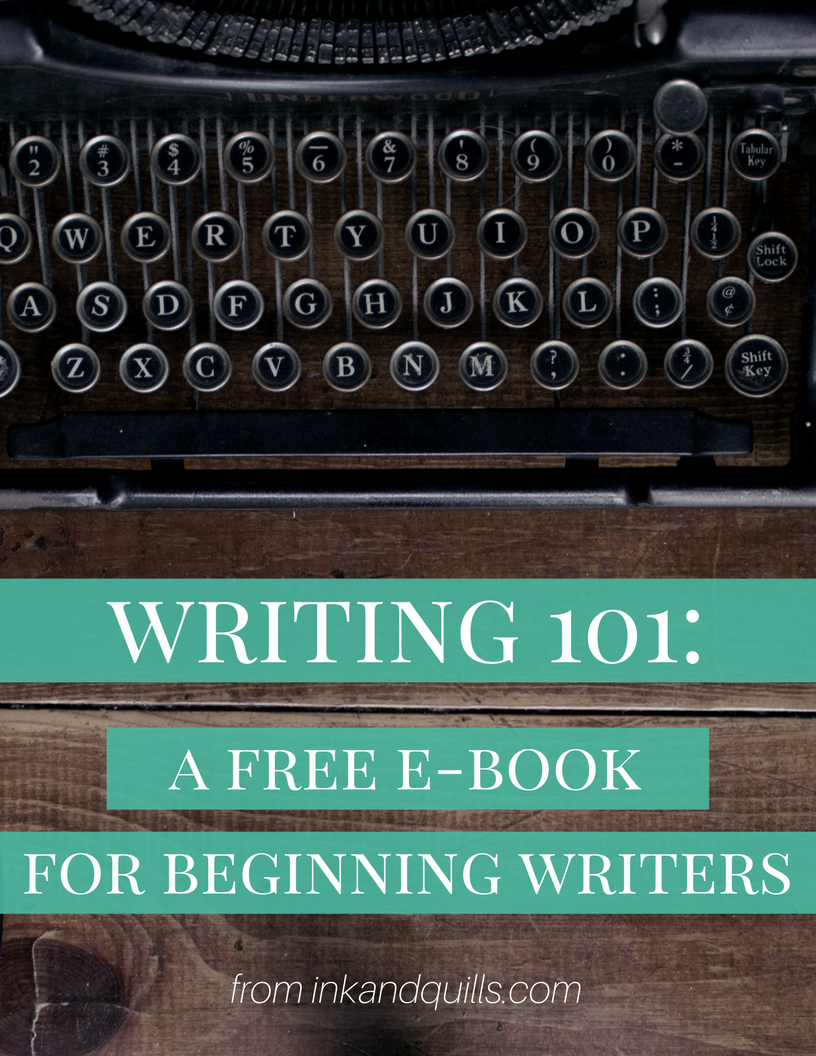

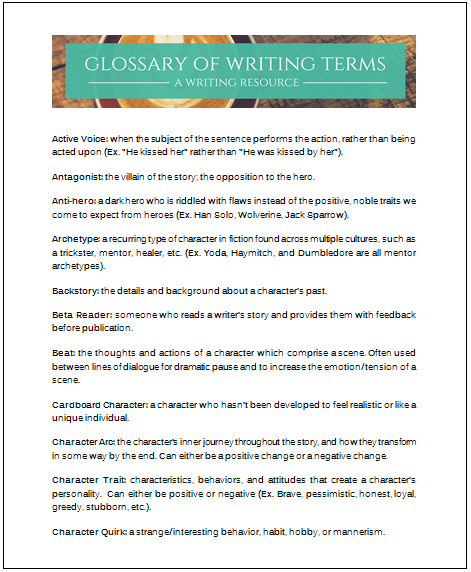

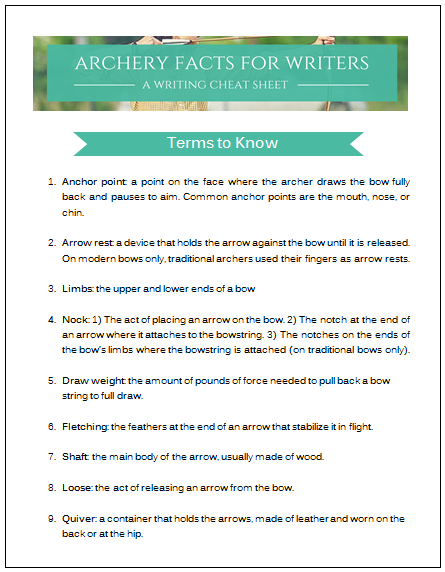



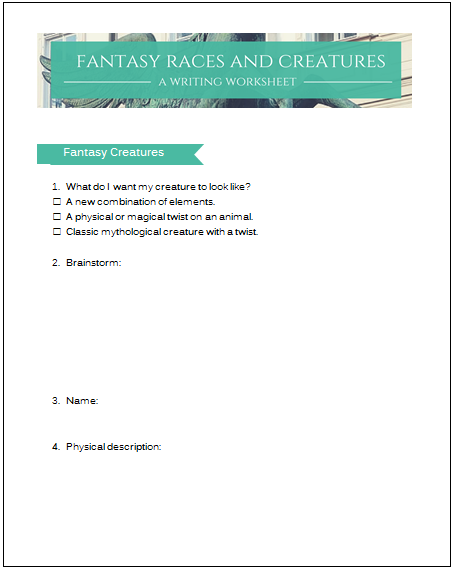


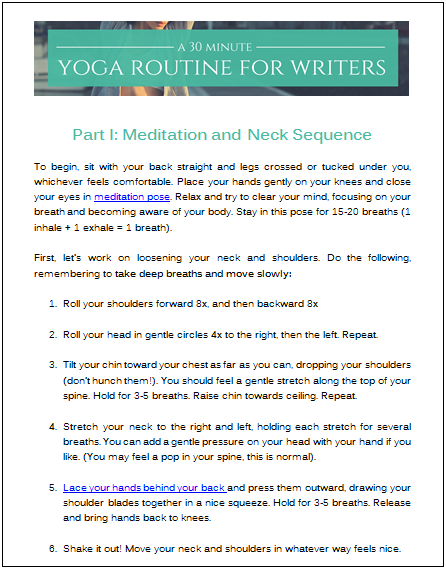
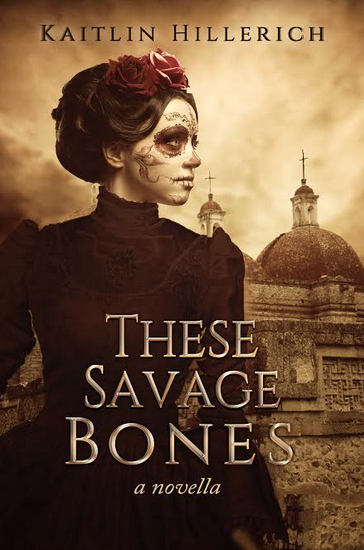
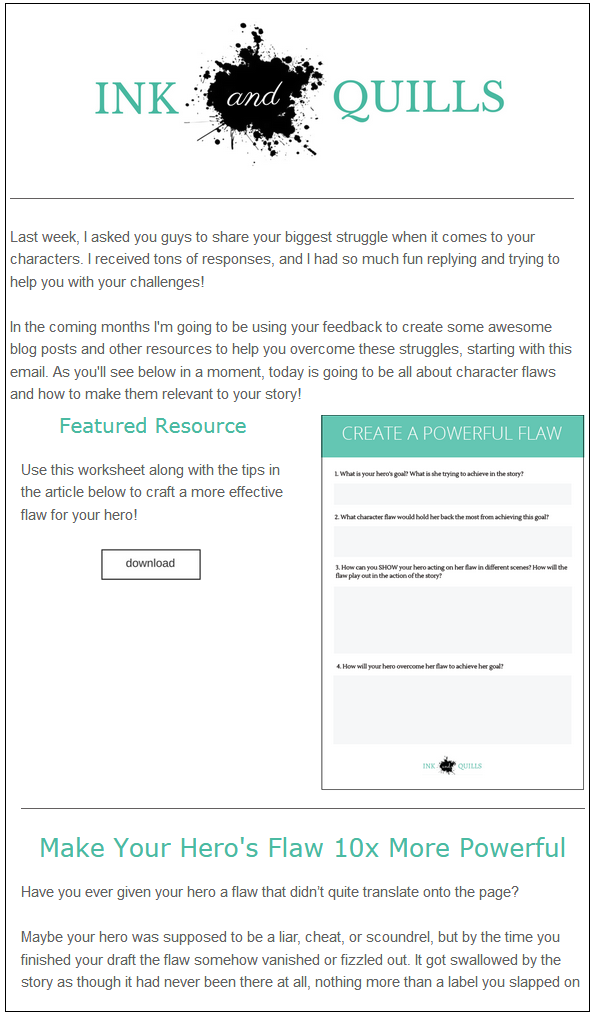
Er…I know I may be wrong, and I have no idea if this is right, and I’m not trying to offend anyone, but it is possible that the hero and villain are working towards the exact same goal.
No! It sounds great! Actually I’m working on something like this. I’d like to see Batman with Joker working together or else…. 🙂
They can absolutely work towards the same goal! The villain could be more willing to do whatever it takes, while the hero has more of an ethical approach.
http://www.gogivercollective.com
Chelsea
I have a story idea that is about a girl who is not human and a boy who is. And the main villain is another girl who is mentally insane and just loathes the protagonist. The plot is really scattered and I don’t know what to do. I don’t know what the goal of the villain should be, I don’t know what the goal of the protagonist should be, though I had and idea of just striving to live. I need big time help!!!
If you want to check it out so far, I actually have it on Wattpad, called A Deadly Melody